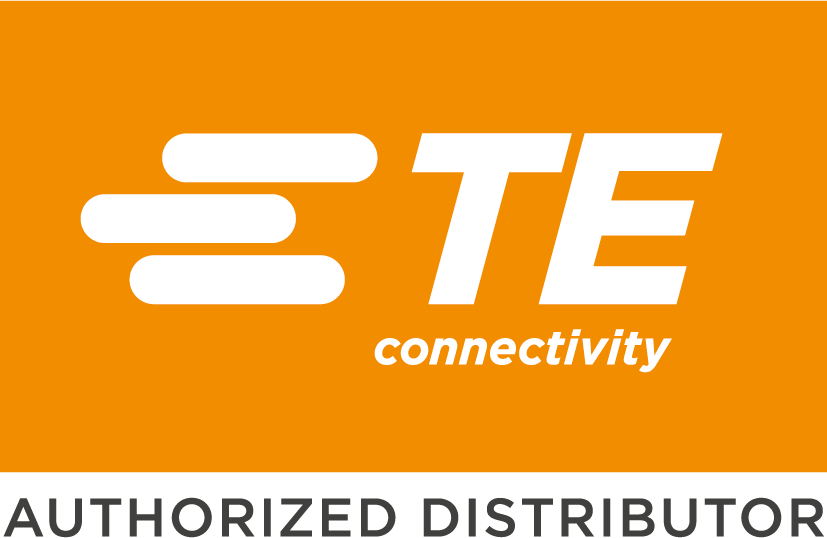
TE Connectivity AMP Connectors
TE Connectivity AMP Connectors is a globally recognized company that specializes in the design, manufacturing, and distribution of electrical connectors and interconnect solutions. With a rich history spanning numerous decades, the company has established itself as a trusted provider of innovative connectivity solutions. Offering an extensive range of products such as connectors, terminals, cables, antennas, sensors, and more, TE Connectivity AMP Connectors caters to diverse industries including automotive, aerospace, telecommunications, industrial equipment, and consumer electronics. The company's unwavering commitment to quality and customer satisfaction is evident in its stringent manufacturing processes and adherence to international standards. TE Connectivity AMP Connectors strives to deliver high-performance, reliable, and durable products that meet the demanding requirements of various applications. TE Connectivity AMP Connectors remains at the forefront of technological advancements through its focus on research and development. By investing in cutting-edge technologies and fostering collaboration with industry partners, the company ensures that its products are innovative and capable of addressing evolving customer needs. In addition to its broad product portfolio, TE Connectivity AMP Connectors provides comprehensive technical support and consultation services. These offerings assist customers in selecting the most suitable solutions for their specific requirements. With a global presence, the company serves a diverse customer base across different regions. Overall, TE Connectivity AMP Connectors is a reputable and esteemed leader in the field of electrical connectors and interconnect solutions. Its dedication to innovation, quality, and customer satisfaction continues to contribute to the advancement of technology worldwide.
LED Emitters - Infrared, UV, Visible
Results:
1
Series
Operating Temperature
Viewing Angle
Grade
Orientation
Mounting Type
Wavelength
Radiant Intensity (Ie) Min @ If
Type
Qualification
Package / Case
Voltage - Forward (Vf) (Typ)
Current - DC Forward (If) (Max)
Results remaining:1
Applied Filters:
TE Connectivity AMP Connectors
LED Emitters - Infrared, UV, Visible
LED emitters are semiconductor devices that emit light when an electric current passes through them. They belong to various categories based on the type of light they emit, including Infrared (IR), Ultraviolet (UV), and Visible light. Infrared (IR) emitters produce electromagnetic radiation that is invisible to the human eye. The wavelength of IR light ranges from approximately 700-800 nanometers (nm) to 1 millimeter (mm). IR emitters find applications in heat sensors, thermal imaging devices, remote controls, and more. Ultraviolet (UV) emitters emit light that is also invisible to the human eye. The wavelength of UV light falls between approximately 200 nm to 400 nm. UV emitters are commonly used for curing resins, sterilizing or killing bacteria, counterfeit detection, and other specialized applications. Visible emitters produce light that is within the range of wavelengths visible to the human eye. This range typically spans from around 400 nm to 700-800 nm. Visible emitters can emit light in various colors, such as red, green, blue, yellow, and white. They are widely used in lighting applications, displays, signage, automotive lighting, and many other industries. LED emitters can be categorized and sorted based on several parameters. These include the emitter type (IR, UV, or visible), forward current (the current required for optimal operation), wavelength (for visible emitters), viewing angle (the angle at which the emitted light is visible), forward voltage (the voltage required for operation), and operating temperature range. By considering these parameters, designers and engineers can select LED emitters that best suit their specific requirements for a given application. Whether it's for sensing, curing, illumination, or any other purpose, LED emitters offer a versatile and efficient solution for generating light in a wide range of wavelengths and applications.

